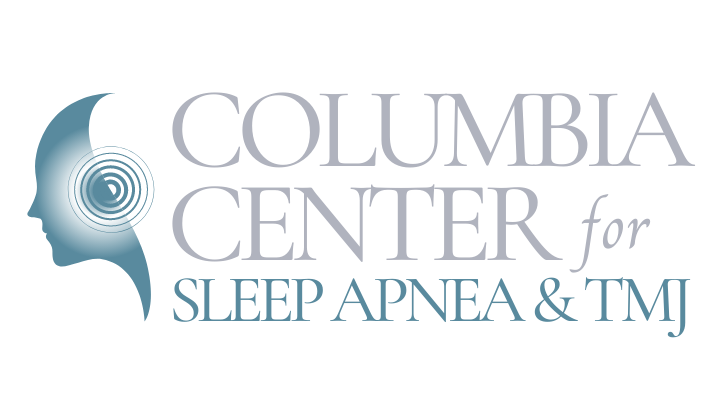Sleep apnea is a widespread sleep disorder affecting millions of individuals worldwide. Despite its prevalence, there are many misconceptions about this serious condition that can lead to confusion, delayed diagnosis, and treatment. Dispelling these myths is essential for raising awareness, improving understanding, and promoting a proactive approach to managing sleep apnea.
In this article, we will uncover the truth behind the top six myths and facts about sleep apnea. We will address misconceptions regarding its severity, the role of snoring, treatment options, and the impact of lifestyle changes. By debunking these myths, we aim to empower individuals to better comprehend sleep apnea, recognize its risks, and make informed decisions about their health and well-being.
Myth 1: Sleep Apnea is Just Loud Snoring
Fact: While snoring can be a symptom of sleep apnea, they are not synonymous. Sleep apnea is a serious disorder characterized by repeated pauses in breathing during sleep. Obstructive Sleep Apnea (OSA), the most common form, occurs when the muscles in the throat relax and block the airway, leading to these interruptions in breathing. Consequently, reduced oxygen levels in the blood can result in disrupted sleep patterns and lowered alertness during the day. On the other hand, snoring is caused by the vibration of respiratory structures, typically due to partial obstruction of the airway passage.
Myth 2: Only Overweight Individuals Develop Sleep Apnea
Fact: Although being overweight or obese is a significant risk factor for sleep apnea, it can affect individuals of any body weight or size. Various factors may contribute to sleep apnea, such as age, family history, genetics, alcohol or sedative use, and smoking. Additionally, anatomical factors like a narrow airway passage or large tonsils can also increase the risk. No one is immune to sleep apnea, and it is crucial to be aware of its symptoms and seek professional help if necessary.
Myth 3: Sleep Apnea Only Affects Adults
Fact: While sleep apnea is more commonly diagnosed in adults, it can affect individuals of any age, including children. Childhood sleep apnea often presents with symptoms like snoring, mouth breathing, restless sleep, poor academic performance, and behavioral problems. Some of the factors contributing to sleep apnea in children include obesity, large tonsils, or adenoids. Early detection and treatment of sleep apnea in children can significantly improve their health, well-being, and overall development.
Myth 4: Sleep Apnea is Just an Annoyance and Doesn't Pose Any Real Health Risks
Fact: Sleep apnea is a serious condition with potential long-term health risks if left untreated. Due to the repeated oxygen deprivation and constant sleep interruptions, sleep apnea has been linked to various health complications such as high blood pressure, heart disease, stroke, type 2 diabetes, and even depression. Moreover, daytime sleepiness resulting from sleep apnea can increase the risk of accidents and reduce overall quality of life.
Myth 5: The Only Treatment for Sleep Apnea is CPAP Therapy
Fact: While Continuous Positive Airway Pressure (CPAP) therapy is a standard and effective treatment option for sleep apnea, it's not the only choice available. Depending on the severity, cause, and individual preferences, alternative treatment options may include:
1. Lifestyle changes: Losing weight, reducing alcohol consumption, or quitting smoking can significantly improve sleep apnea symptoms.
2. Positional therapy: For individuals with mild to moderate sleep apnea, sleeping on their side or using special pillows can help alleviate symptoms.
3. Oral appliances: Dental devices can help reposition the jaw and tongue, preventing airway obstruction.
4. Surgery: Several surgical options are available, such as uvulopalatopharyngoplasty (UPPP), genioglossus advancement (GA), or maxillomandibular advancement (MMA), depending on the specific cause of sleep apnea.
A consultation with a sleep specialist can help determine the best treatment option for each unique case.
Myth 6: If You Have Sleep Apnea, You Will Always Feel Tired During the Day
Fact: While excessive daytime sleepiness is a common symptom of sleep apnea, not everyone with the condition will experience this level of fatigue. Some individuals might not even be aware of their sleep disturbances, while others may exhibit alternative symptoms such as irritability, difficulty concentrating, or morning headaches. It is essential to be mindful of the various ways sleep apnea can manifest itself and seek professional evaluation if you suspect you may have this condition.
Through debunking common sleep apnea myths, we aim to increase understanding and encourage people to pay attention to the potential signs and risk factors. Recognizing the seriousness of this sleep disorder and seeking proper diagnosis and treatment from a healthcare professional can greatly improve one's health, well-being, and overall quality of life.
Taking Charge of Your Sleep Apnea Journey
In conclusion, understanding the facts and dispelling myths surrounding sleep apnea is crucial for raising awareness, promoting early diagnosis, and seeking appropriate treatment. Sleep apnea doesn't have to control your life; armed with accurate information, you can take charge of your health and well-being.
At Columbia Center for Sleep Apnea and TMJ, our team is dedicated to providing comprehensive care to patients struggling with sleep apnea and related health conditions. Our integrative treatment approach ensures the best possible outcome for your unique needs and lifestyle. Schedule a consultation with our
center for sleep apnea and TMJ in Kennewick today and embark on your journey toward better sleep, improved health, and a more fulfilling life. Together, we can put your sleep apnea and related concerns to rest.
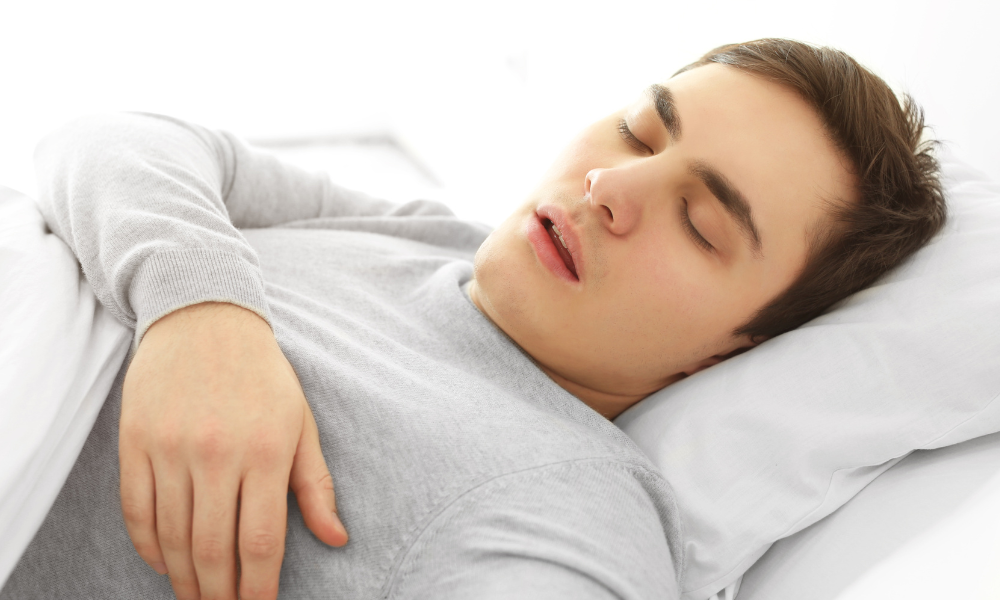

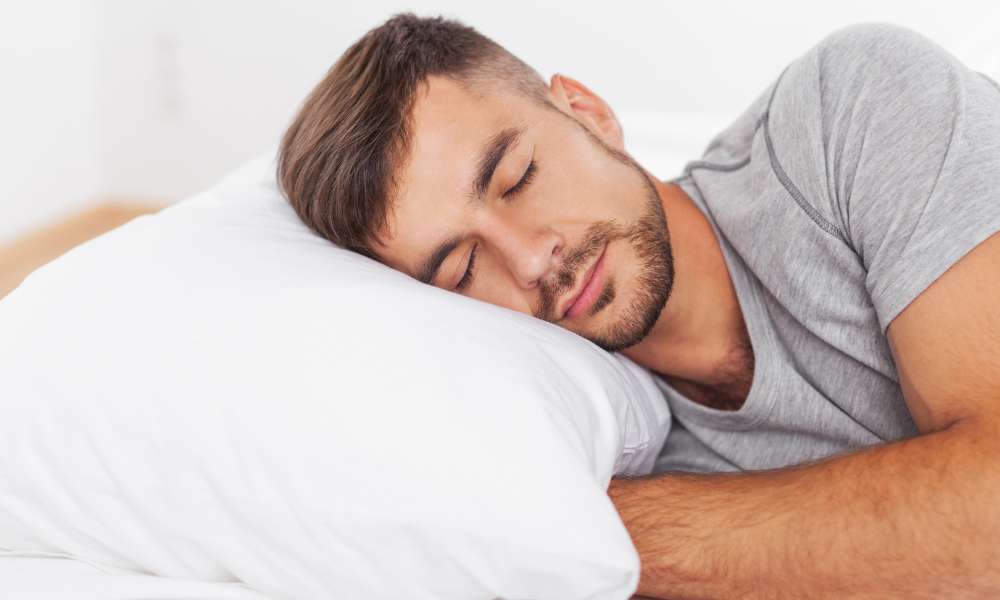

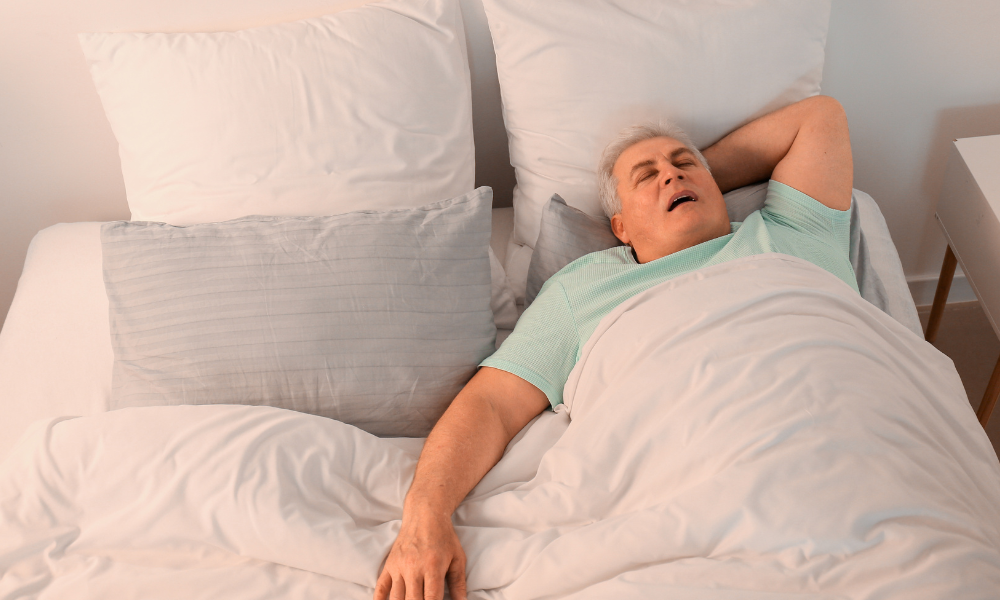

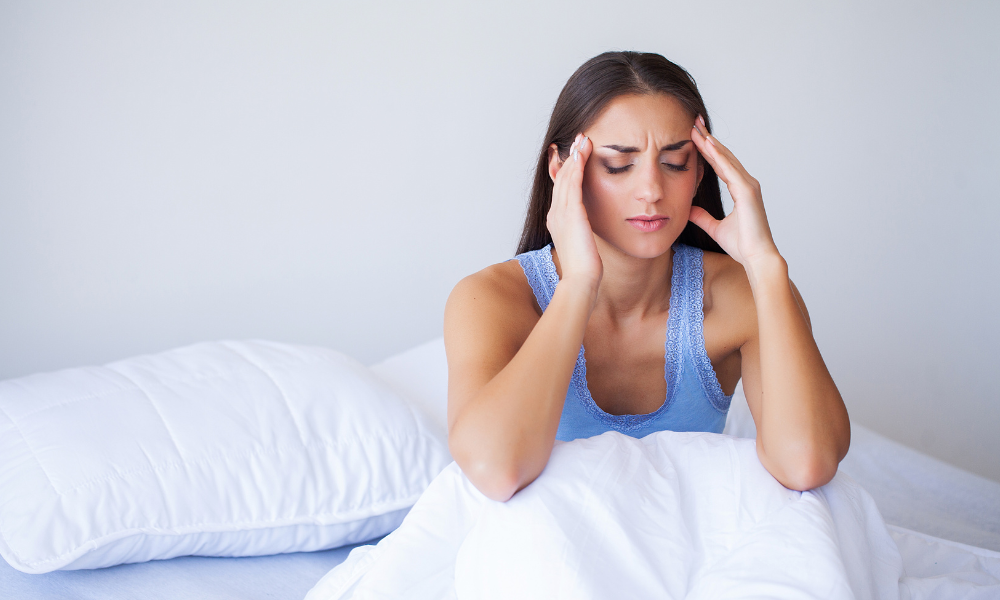

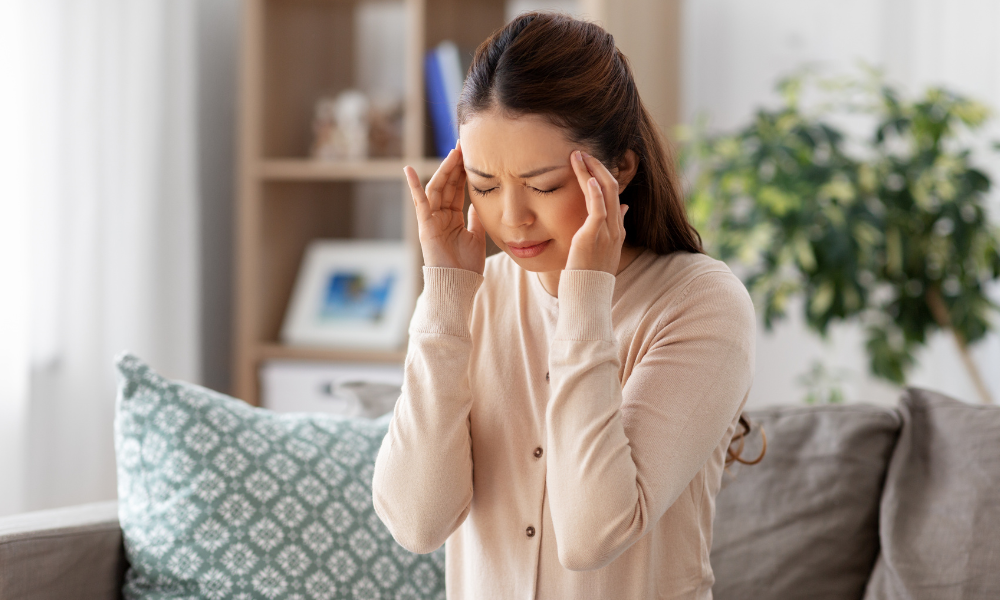
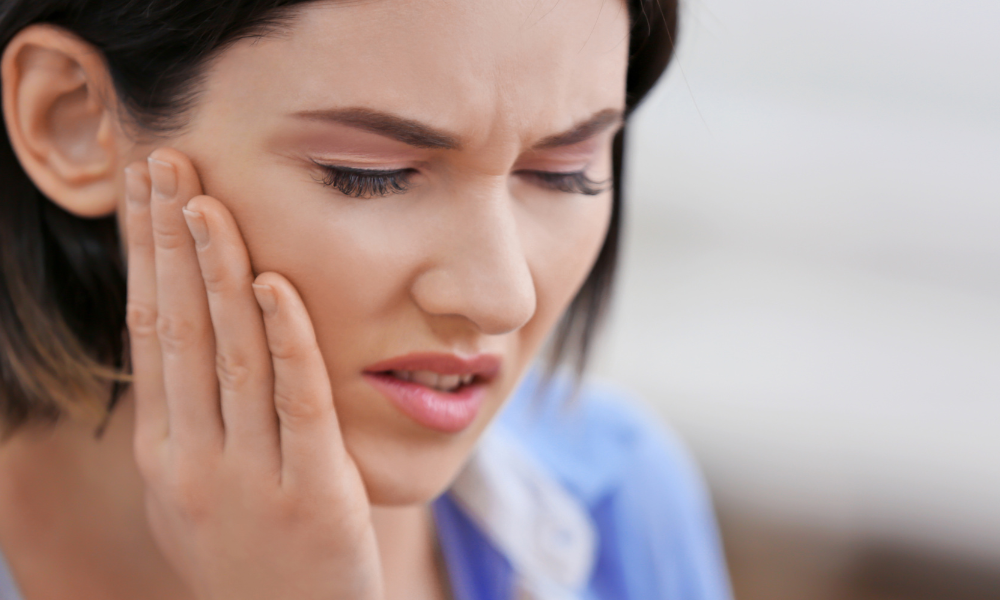
CONTACT
1363 Columbia Park Trail, Suite 101,
Richland, WA 99352
info@columbiatmjandpain.com
(509) 578-5774
Monday: 8 AM – 12 PM
Tuesday - Thursday: 8 AM - 3:30 PM
Friday: 8 AM – 12 PM
Saturday & Sunday: Closed
NEED AN APPOINTMENT?
We'd love to help you feel like yourself again. Click the button below to use our appointment request form.
© 2023 All Rights Reserved | Columbia Center for Sleep Apnea and TMJ
All Rights Reserved | Columbia Center for Sleep Apnea and TMJ Accessibility Statement
